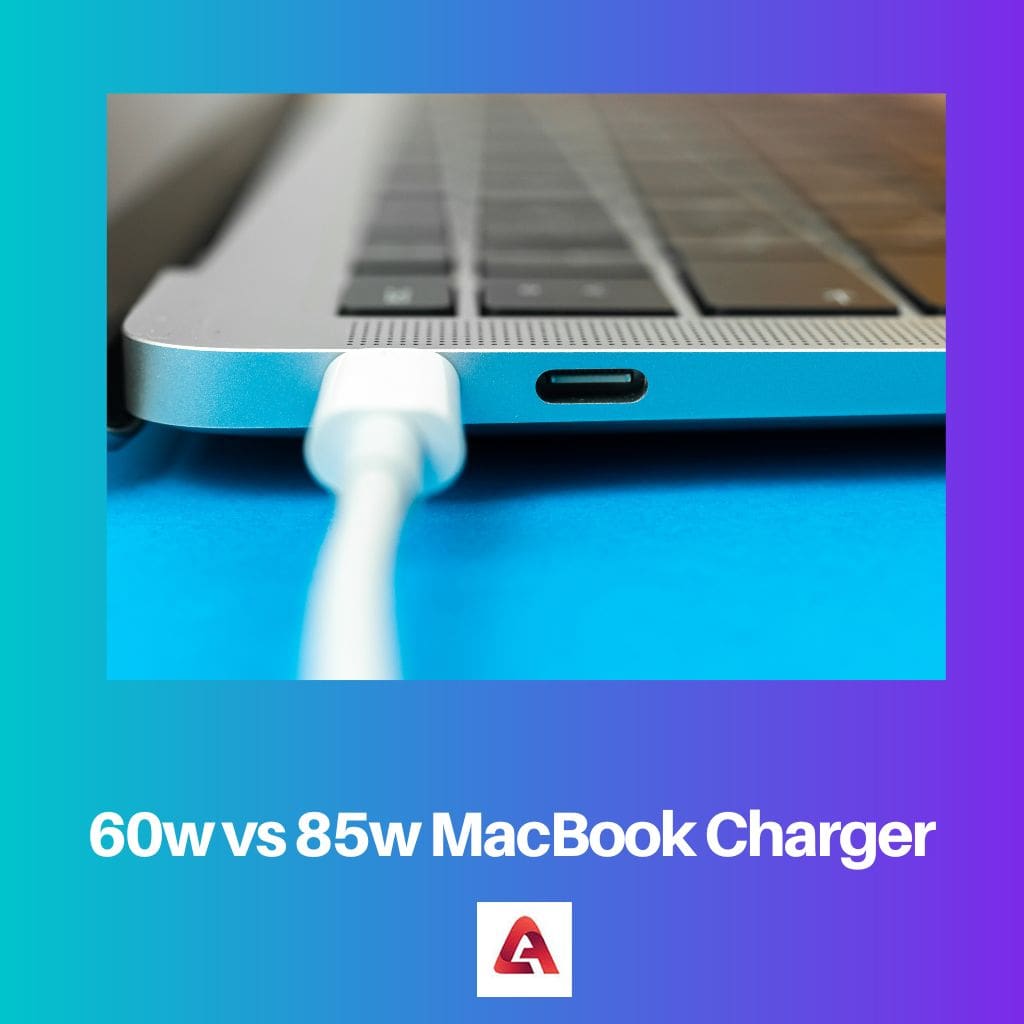Key Takeaways
- Operation: A PN junction diode operates in the forward bias direction, allowing current to flow. A Zener diode operates in the reverse bias direction and exhibits the Zener effect, conducting current when a specific voltage (Zener voltage) is reached.
- Voltage regulation: A Zener diode is used for voltage regulation, maintaining a nearly constant voltage across its terminals, even if the input voltage varies. A PN junction diode does not possess this voltage regulation characteristic.
- Breakdown characteristics: A PN junction diode has a higher breakdown voltage, leading to irreversible damage if exceeded. A Zener diode has a well-defined and controlled breakdown voltage, making it suitable for applications requiring precise values.
What is PN Junction?
PN Junction is among the semiconductor junctions designed by joining two different semiconductor materials. These two materials are the positive charge carrier or the p-type and the negative charge carrier or the n-type.
It is represented by a triangular symbol pointing towards a line. It has a negative temperature coefficient and a current capacity of 1 A to 2 A.
PN Junction denotes unique properties like – it can be used as a clipper, rectifier, clamper, etc. A PN Junction works in a forward-biased direction; in other words, when a PN Junction voltage is applied, the current flows in a forward-biased direction, but in a vice-versa condition, the current flow gets blocked.
What is Zener Diode?
Zener Diode is categorized under a special type of semiconductor junction explicitly designed to be operated in the reverse-biased direction. This property allows a Zener Diode to flow large current even with a small reverse biased voltage.
A triangular symbol represents it pointed towards the line, but it also has a Z-shaped line at the side of the cathode. It has a positive temperature coefficient and a current carrying capacity of 200 mA to 1 A.
A Zener Diode’s most common application is power supplies, voltage stabilizers, and voltage references.
Difference Between PN Junction and Zener Diode
- PN Junction works in the forward-biased condition; conversely, a Zener Diode works in the reverse-biased condition.
- A PN Junction is represented by a triangular symbol pointing toward a line. In contrast, comparatively, on either side, a Zener Diode is represented by a triangular symbol pointed towards the line. Still, it also has a Z-shaped line at the side of the cathode.
- The breakdown voltage of a PN Junction lies in a range of 5 V to 8 V on either side; a Zener Diode has a breakdown voltage in the range of 2 V to 8 V.
- A PN Junction has a current capacity of 1 A to 2 A, while a Zener Diode has a current capacity of 200 mA to 1 A.
- PN Junction has a comparatively longer reverse recovery time than the Zener diode, which only has a shorter reverse recovery time.
- In a PN Junction, when there is a decrease in voltage drop and the temperature increases, it has a negative temperature coefficient. In contrast, a Zener Diode has a positive temperature coefficient because the temperature increases simultaneously when there is a voltage breakdown.
- PN Junction is pocket friendly and on budget, while a Zener Diode is an expensive electrical component.
- A PN Junction performs a function as a rectifier, while a Zener diode performs a function as a voltage regulator.
- Application of PN Junction is as follows – Clippers, rectifiers, clampers, whereas comparatively, on the other hand, application of a Zener Diode is as follows – Voltage stabilizers, voltage limiters, and voltage regulator.
Comparison Between PN Junction and Zener Diode
| Parameter of Comparison | PN Junction | Zener Diode |
|---|---|---|
| Operating Mode | It works in the forward-biased mode | Represented by a triangular symbol pointing toward a line |
| Diode Symbol | Represented by a triangular symbol pointing towards a line | Represented by a triangular symbol pointed towards the line but in addition, it has a Z-shaped line at the side of the cathode |
| Breakdown Voltage | Range from 5-8 V | Range from 2-8 V |
| Current Capacity | 1 A – 2 A | 200 mA – 1 A |
| Reverse Recovery Time | Long | Short |
| Temperature Coefficient | Negative | Positive |
| Cost | Cheap | Expensive |
| Function | It can be used as a rectifier | It can be used to regulate voltage |
| Application | Clippers, rectifiers, clampers | Voltage stabilizers, voltage limiters and voltage regulator |





